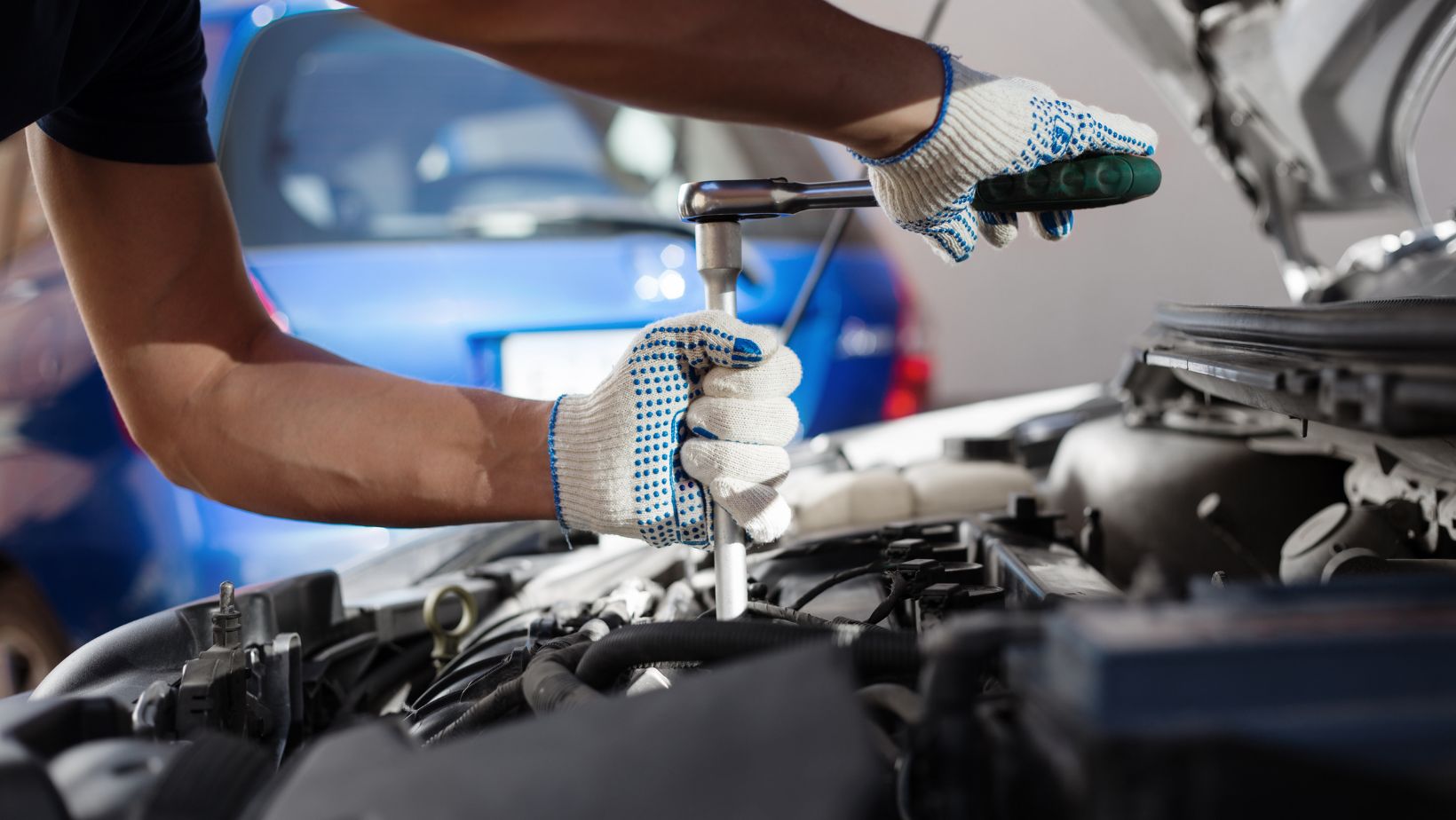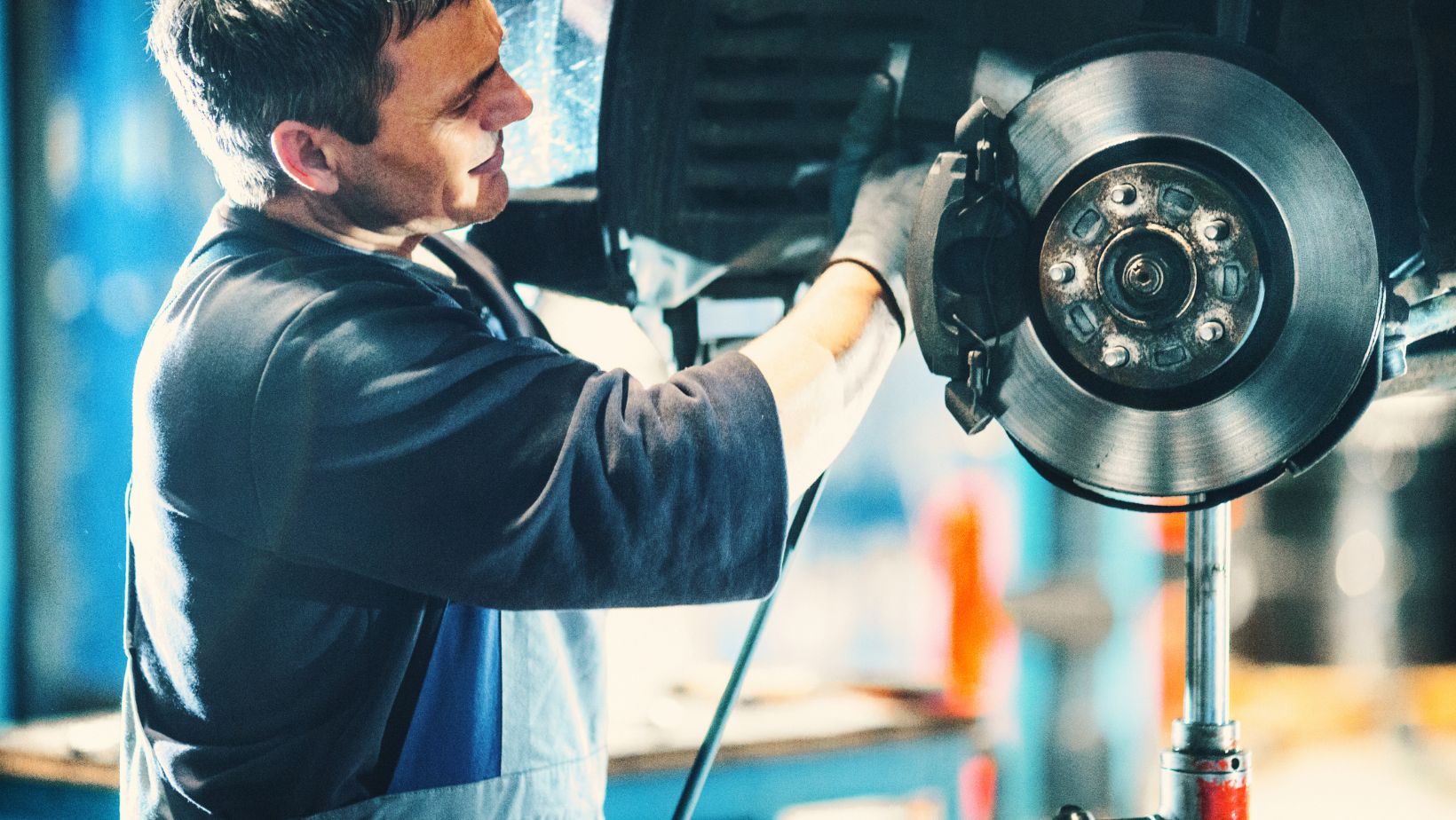Repairing a rip in a leather car seat can be a daunting task, but with the right techniques and materials, it is possible to restore your seat to its former glory. Whether caused by wear and tear or an unfortunate accident, a rip in your leather car seat not only looks unsightly but can also compromise the overall integrity of the seat. In this article, I’ll guide you through the steps involved in repairing a rip in your leather car seat, helping you save money on professional repairs and maintain the aesthetic appeal of your vehicle.
The first step in repairing a rip in a leather car seat is assessing the damage. Is it just a small tear or does it span across multiple areas? The size and location of the rip will determine which repair method to use. For minor tears or scratches, using a leather repair kit may be sufficient. These kits typically include all the necessary tools and compounds to mend small rips effectively. However, for larger tears or extensive damage, seeking professional help might be necessary.
Once you’ve determined which repair method suits your situation best, you’ll need to gather the required materials. Depending on the chosen approach, this could include adhesive glue for reattaching loose edges, color-matching dyes or paint for restoring color uniformity, filler compounds for filling gaps left by deep tears, and sandpaper for smoothing out rough edges. Following these steps diligently will ensure that your leather car seat is repaired properly and maintains its durability while enhancing its appearance.
Repair Rip in Leather Car Seat
Choosing the Right Repair Kit
When it comes to repairing a rip in your leather car seat, one of the first things you’ll need to do is choose the right repair kit. With so many options available on the market, it’s important to select a kit that suits your specific needs. Consider factors such as the size of the rip, the type of leather used in your car seat, and your level of DIY expertise.
There are different types of repair kits available, each designed for specific purposes. Some kits are better suited for small rips or tears, while others are more suitable for larger damages. Look for a kit that includes all necessary tools and materials such as adhesive, filler compound, color matching solutions or dyes, and applicators.
Research customer feedbacks and ratings before making a purchase decision. Pay attention to feedback regarding ease of use, effectiveness of repairs, and overall customer satisfaction. This will help ensure you choose a reliable repair kit that delivers satisfactory results.
Gathering the Required Tools
Before starting any repair work on your leather car seat, gather all required tools to make the process smooth and efficient. Here’s a list of essential tools you’ll typically need:
- Clean cloth or sponge
- Leather cleaner
- Sandpaper (fine-grit)
- Razor blade or sharp scissors
- Tweezers (for precise handling)
- Heat source (such as a hairdryer or heat gun)
- Vinyl gloves (to protect your hands)
Having these tools ready beforehand will save you time searching for them during the repair process and allow you to focus on fixing the rip effectively.

Selecting the Appropriate Leather Patch
In some cases where rips are larger or cannot be repaired using fillers alone, it may be necessary to use a leather patch. When selecting an appropriate patch material:
- Choose genuine leather: Opt for patches made from genuine leather to ensure a seamless blend with your car seat’s existing material.
- Match the color and texture: Look for a patch that closely matches the color and texture of your car seat’s leather. This will help achieve a more professional-looking repair.
- Consider durability: Ensure the patch material is durable enough to withstand regular use, as car seats endure frequent wear and tear.
Keep in mind that it’s always best to consult with professionals or refer to your car manufacturer’s recommendations when selecting an appropriate leather patch.
By carefully choosing the right repair kit, gathering all necessary tools, and selecting an appropriate leather patch if needed, you’ll be well-prepared to tackle the rip in your leather car seat. Taking these steps will increase your chances of achieving a successful repair while maintaining the overall aesthetics of your vehicle interior.







































